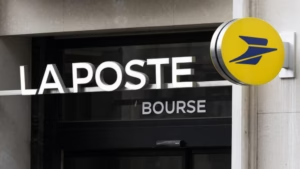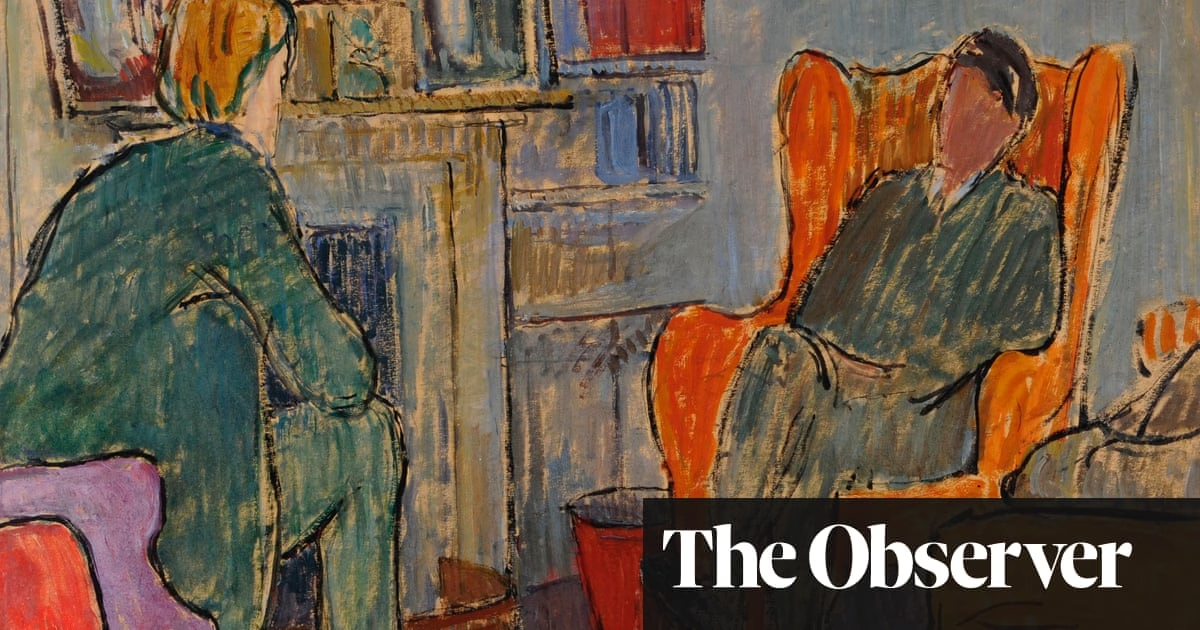The doors of two art exhibitions in the Sussex town of Lewes have closed, marking a record turnout at Southover House, where visitors were able to explore works by Picasso and Grayson Perry. Over the past 18 months, the former council office has temporarily served as a pop-up exhibition space for Charleston, the former residence of key members of the Bloomsbury group, located in nearby Firle.
However, despite its popularity during the school break, the future of Lewes’s new Charleston site remains uncertain. District councillors are scheduled to decide on Thursday whether to extend the lease for another 25 years or close the venue. If the lease is extended, Charleston could collaborate with three prominent cultural institutions: the Victoria and Albert Museum, the National Portrait Gallery, and the Tate.
Map of East Sussex
While many residents of Lewes and surrounding areas hope for the preservation of Charleston, some members of a vocal local campaign group are opposed, viewing the site as an outdated “legacy” or “establishment” arts organization. These opponents argue that the site should be allocated to the NHS, a youth organization, or used to create housing.
Nathaniel Hepburn, the director of Charleston, recognizes that some will be against extending the lease, but he hopes that the district council will consider the risk of ending a self-funded cultural project after its “amazingly successful” first 18 months.
Zoe Nicholson, the Green-led Lewes district council leader, supports the initiative, praising its exposure of young people to the arts, especially when government funding for this area has decreased. She emphasizes that, without grant funding or national support, the project has already made a significant difference through partnerships.
Charleston, the historic home of painters Vanessa Bell and Duncan Grant, took over the 23,000 square-meter site when the district council offices moved to Newhaven. The venue now attracts about 2,000 visitors per week and operates an educational partnership with a nearby further education college. Despite not receiving any public subsidy, nearly half of its visitors enter for free or at a reduced rate through a monthly “pay what you can” scheme.
The Bloomsbury group is often portrayed as an entitled cluster of idle aesthetes; however, Grant, Bell, and their frequent visitors, including Roger Fry and Virginia Woolf, actually turned their backs on material comfort to pursue art, learning, and radical theories in peace. Woolf was a proponent of public access to books and art, and argued against imposing authorities on libraries and art institutions.
Nicholson weighs the potential economic benefits to the town and the planned accessibility for low-income families in the decision to renew the lease. She dismisses the idea of selling off assets and converting the site into housing or a health center, noting that such projects would require significant spending and that the council has other plans for housing and health facilities.
Charleston House in Firle, near Lewes, was once a hub for discussion and creativity in the 1920s and 30s, and now serves as the custodian of the Bloomsbury collection of art. The proposed development of the site as a National Bloomsbury Gallery would involve displaying large Bloomsbury group collections from London storage.
Source: https://www.theguardian.com/culture/2025/mar/16/evict-the-charleston-scroungers-row-in-lewes-over-the-bloomsbury-groups-legacy







